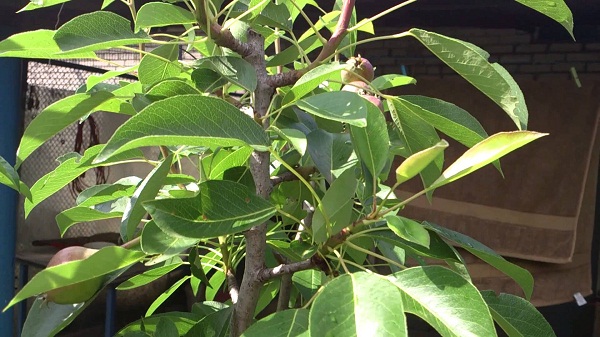 The absence of flowering and fruiting garden trees can respond to adverse environmental factors, lack of resources, diseases. If the pear, having reached fruitful age, has not bloomed even once, it is highly likely that the foundation of the problem was laid during planting.
The absence of flowering and fruiting garden trees can respond to adverse environmental factors, lack of resources, diseases. If the pear, having reached fruitful age, has not bloomed even once, it is highly likely that the foundation of the problem was laid during planting.
To eradicate the cause of tree infertility in this case can be more difficult.
Content
Why doesn’t the pear blossom?
If the tree blooms, but does not form an ovary, it is easier to determine the cause of the reaction, especially when the shedding of flowers occurs en masse, after any exposure. This can be freezing, overfeeding, attack by pests. If pear flowering does not occur, you will have to recall the events of previous seasons.
The most likely reasons for the lack of flowers in the pear:
Landing errors
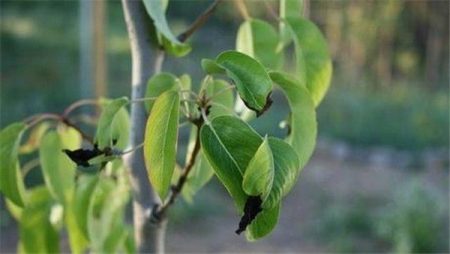 The lack of flowering causes the wrong location of the root neck. Negative consequences are ensured both in the case of excessive deepening, and with a bare neck raised above the soil surface.
The lack of flowering causes the wrong location of the root neck. Negative consequences are ensured both in the case of excessive deepening, and with a bare neck raised above the soil surface.
Root decay
It happens as a result of waterlogging of the soil with an excess of irrigation or rainfall, planting in wetlands, lowlands, where groundwater comes high to the surface level, water accumulates after rains.
Freezing of roots
In a snowless and frosty winter, the roots of the pear can be severely affected, which is fraught with the death of the tree or, at least, the deterioration of its condition. The appearance of flowers and ovaries on a weakened plant is unlikely.
Freezing flower buds
Perhaps flower buds are laid on a pear, but they crumble, seized by early frosts, without giving flowers. If there is no flowering systematically, the variety is probably zoned for other regions. Under the influence of low temperatures, already opened flowers may fall.
Unreasonable (with good care) falling flowers without an ovary may be due to the absence of other varieties of trees on the site. Most varieties of pears are self-fertile, with rare exceptions (for example, “In memory of Yakovlev”, “Yubileinaya Korneeva”, “Banquet”). Another option is the different timing of pear flowering in the garden, which also makes cross-pollination impossible. The problem can be solved by grafting a different grade shoot on a tree.
Shadowing
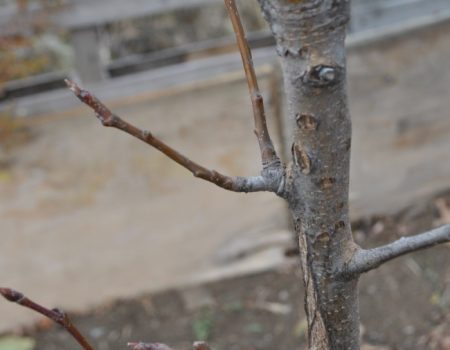 More often, the deficit of sunshine in a pear is manifested in meager flowering, poor ovary formation. The complete absence of flowers on the branches occurs only in plants, which most of the day are in the shadow of buildings or other trees.
More often, the deficit of sunshine in a pear is manifested in meager flowering, poor ovary formation. The complete absence of flowers on the branches occurs only in plants, which most of the day are in the shadow of buildings or other trees.
The defeat of the pear throat
The pest feeds on the sap of the tree, attacking in early spring, before the leaves appear. The main food of the insect is the kidneys, including flower buds.
Incorrect pruning
Excessive pruning of the crown weakens the trees, and especially affects the condition of young pears. The depleted plant is forced to spend nutrients on the restoration of the crown, and not on flowering and growing fruits.
Nutritional deficiency
Cultivation on poor, infertile soil acts in a similar way - a tree does not have a resource for flowering. It affects the lack of nitrogen, phosphorus and potassium.
Cold wind
Weakens the pear and constant drafts, especially if the wind blows from the north.
Varietal Feature
There is no single fertile age for pears: some varieties begin to bear fruit in the second year after planting, others at 5, 7, 10 years. There are varieties in which this period begins, at 15 years old.
Ways to Stimulate Flowering
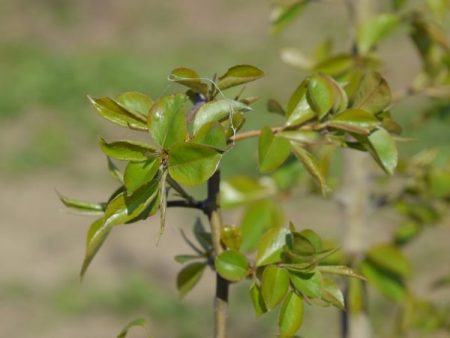 In some cases, it is impossible to solve the problem with little blood - for example, when growing in marshy areas or in dense shade, a tree can only be helped by transplanting. The pear does not tolerate this procedure, especially mature trees, and may not take root in a new place or weaken, postponing flowering for a few more years.
In some cases, it is impossible to solve the problem with little blood - for example, when growing in marshy areas or in dense shade, a tree can only be helped by transplanting. The pear does not tolerate this procedure, especially mature trees, and may not take root in a new place or weaken, postponing flowering for a few more years.
But most of the negative factors that prevent flowering can be corrected without radical measures.
- If the root collar was too high during planting, the tree should be earthed from time to time. If the neck is buried, it is necessary to remove the soil layer from the trunk circle.
- If bark cracking occurs under the influence of frosts, it is necessary to cover the wound with clay or garden varnish and wrap it with woven material.
- Extensive defeat by tinker requires the use of insecticides. Spraying against the pest is carried out during the opening of the buds and, if flowering occurs, after the flowers have fallen, or at the beginning of summer, if there are no flowers (at this time the second generation of insects appears). In parallel, you can use biological products and folk remedies that are effective in the fight against pear tinnitus - fumigation with peat, tobacco, treatment with broths of yarrow, dandelion or tobacco.
- Trees growing in a draft, if possible, need to be protected by a barrier from the wind. It can be a decorative wall for support under climbing cultures.
- Weakened as a result of pruning, weather conditions, poor agricultural practices, pests and diseases, trees should be supported by foliar feeding of phosphorus and potassium in the summer.
- The fertility of depleted soil must be increased using organic fertilizers. Compost (15-20 kg per 1 m2) and, if the soil is alkaline, peat (3-4 kg per 1 m2) is well suited for these purposes. In early spring and late autumn, it is useful to add 20 kg of rotted manure to the soil. For trees older than 7 years, the dose is increased to 30 kg.
Organic fertilizers should be used carefully to prevent excess nitrogen in the soil. Excessive nutrition by the element provokes active growth of shoots to the detriment of fruit formation, as a result, there will be few ovaries and fruits on the branches. In this case, in addition to the rejection of nitrogen fertilizers, it is recommended to drive several nails into the tree trunk, as well as to plant under the tree grass that actively takes nitrogen from the soil - clover, legumes, melilot, and others.
Problem prevention
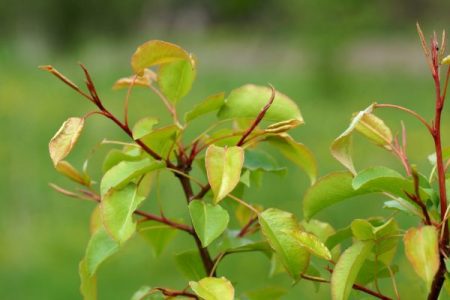 Healthy and strong young trees that have reached the age of fertility will not stand idle, so the main prevention is to ensure all conditions necessary for the culture. But some agricultural activities are more important for high-quality flowering, and they should be given attention.
Healthy and strong young trees that have reached the age of fertility will not stand idle, so the main prevention is to ensure all conditions necessary for the culture. But some agricultural activities are more important for high-quality flowering, and they should be given attention.
When landing
To take care of the conditions for flowering and the formation of ovaries on a pear should be at the stage of planting a tree. Key points to pay attention to:
- For a pear, you should choose a well-lit during the day by the sun, but not a hot place. Western or southwest sites are best suited.
- It is recommended to plant trees in a quiet corner of the garden, where there are no sudden gusts of wind. Optimally, if there is a barrier on the north side of the tree (fence, row of trees, south wall of the house).
- If the site is located in lowland, for planting pears it is advised to create an artificial elevation (earthen mound). This measure prevents the accumulation of water near the roots after rainfall, but is not practical in case of high occurrence of groundwater, since the roots of the pear reach a depth of 6-8 meters. Some gardeners dig out a system of canals to drain groundwater.
- When planting, the root neck of the seedling should be located approximately at the level of the soil surface.
- You can not plant corn, sunflower and other crops with a high, developed stem and roots near the pear tree, quickly depleting the soil. It is allowed to plant cabbage, legumes, radishes - that is, plants with a superficial root system.
Care Rules
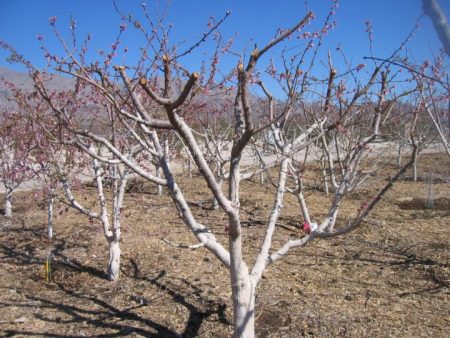 The basic principles of agricultural technology to avoid flowering problems:
The basic principles of agricultural technology to avoid flowering problems:
- Watering pears in the summer season should be done every 14 days, pouring 5-7 buckets of water on an adult tree. In spring and autumn, as a rule, the amount of precipitation is sufficient, but in the case of dry and warm seasons, it is necessary to continue irrigation.
- If there is a risk of freezing of the roots, in autumn you should cover the area under the tree with a layer of mulch for insulation. The area to be protected is the size of the crown. The optimal insulation is needles, and leaves and branches are also suitable as covering materials, but only from healthy plants not infected with fungi.
- In the spring, preventive treatments against pests and diseases should be carried out. The first is done during the opening of the kidneys, the second - at the beginning of budding.
- In the spring, the tree is given the main dose of nitrogen; potassium-phosphorus top dressing is also required at this time. In the fall, only phosphorus and potassium are added; nitrogen fertilizers should be excluded after the first half of summer.
- Before fruiting, the tree is not recommended to be pruned.
Inadequate pruning can cause a decrease in pear productivity. Fruits due to the dense crown do not receive enough sunlight, so they grow small. In view of this, for trees that have entered the fruiting age, it is recommended not only sanitary but also forming pruning, in which branches growing towards the center of the crown are removed.
Grade selection
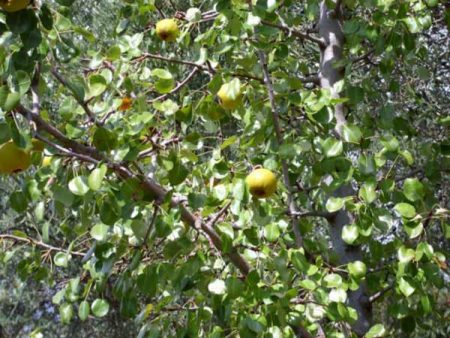 If a gardener expects to remove fruit from a pear a few years after planting a tree, you need to pay attention to the relevant characteristics of the variety.
If a gardener expects to remove fruit from a pear a few years after planting a tree, you need to pay attention to the relevant characteristics of the variety.
For example, varieties of pears starting fruiting in 3-4 years:
- “November”;
- Rogneda;
- "Honey";
- “Early Moldavian”;
- Petrovskaya
- "Chizhovskaya";
- "In memory of Yakovlev."
Pears bearing fruit at the age of 5-7 years after planting:
- "Precocious";
- "Nika";
- "Williams";
- Veles;
- Duchess;
- "Treasure";
- "Fairytale";
- "Victoria";
- "Forest Beauty."
When choosing a pear variety, one should also consider its regionalization. Most of the problems associated with tree freezing arise when planting heat-loving varieties in the regions of the middle or northern strip.
Tips and reviews of gardeners
Anna, 47 years old:
“For warming the roots of pears in the winter, I have been successfully using rye for several years. In early July, I sow it under a tree, and in the fall, mow it and do not clean it. This plant is an excellent baking powder for the soil, and the roots of the pear need a good access of oxygen to ensure a plentiful crop. Even if you don’t need a mulch, it’s better to mow rye rather than tear it out. The roots remaining in the soil during decomposition will continue to improve its quality, including its airiness. ”
Sergey, 52 years old:
“In fact, the dates indicated in the characteristics of pear varieties for starting fruiting may be delayed if the water level in the soil at your site is below the standard. The pear will not bloom until the root reaches the aquifer. ”
Pavel, 48 years old:
“A good way to increase soil fertility is through the use of“ effective microorganisms ”(EM).These products contain beneficial bacteria that, when released into the soil, produce humus in the course of their life. If the soil is very depleted, you need to water it with such a solution once a week. I don’t have such a problem anymore, so I prefer to combine these solutions with organic fertilizing pears. The return on organics is much higher. "
The lack of flowering in a young pear tree is not a reason to be disappointed in the variety or producer of planting material. Most of the reasons due to which the pear cannot bloom can be eliminated by appropriate care.

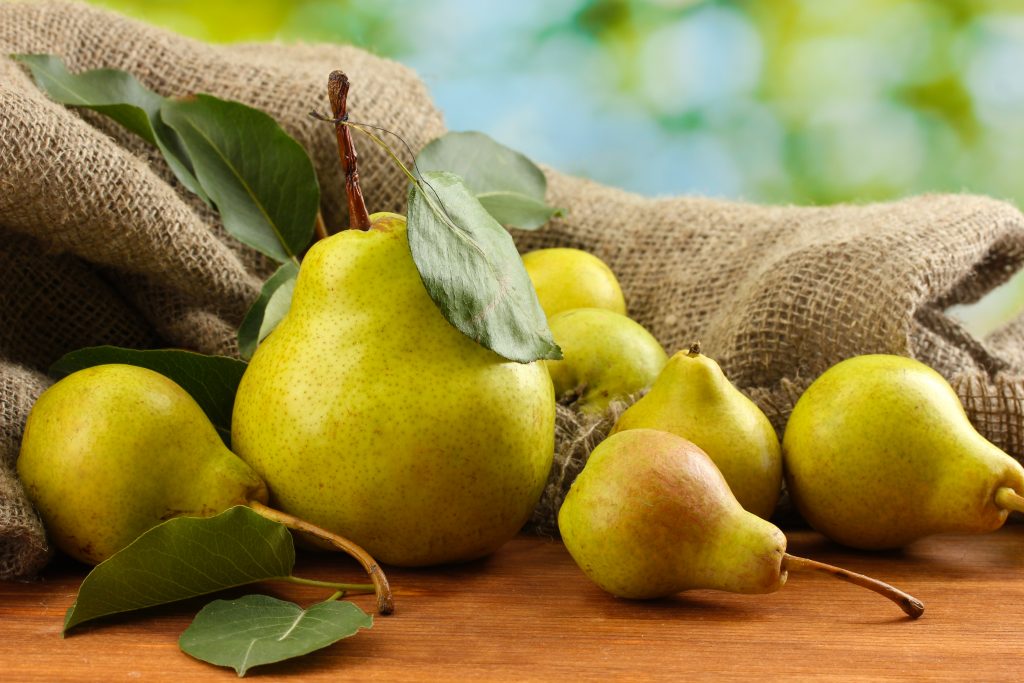
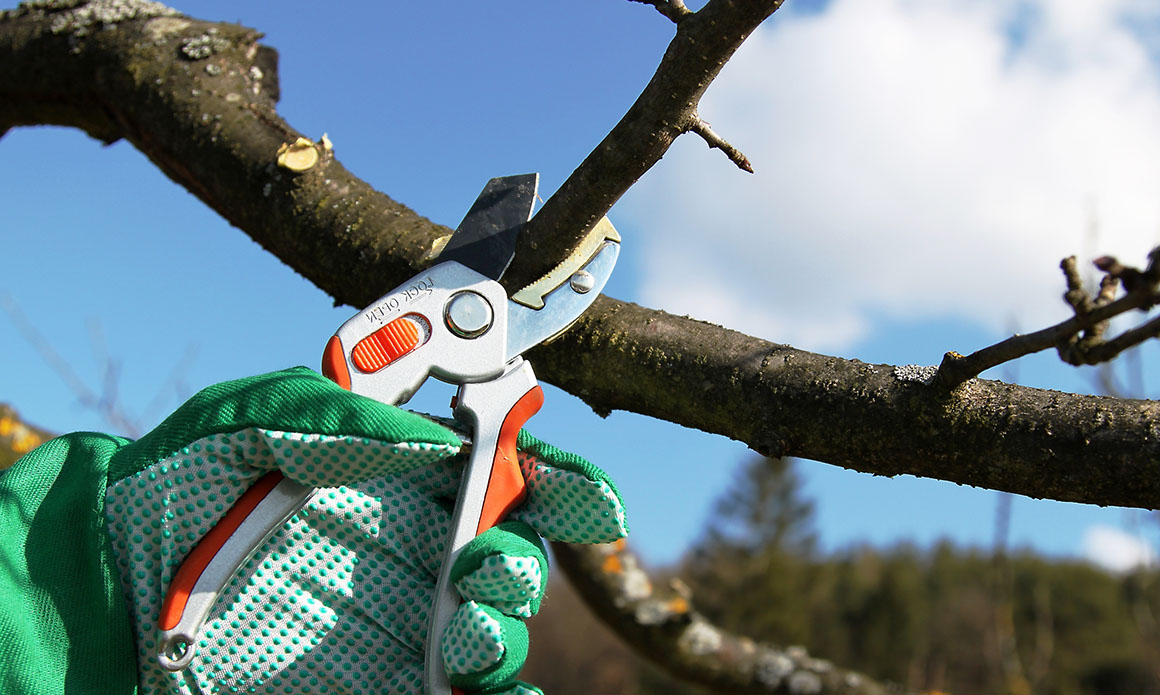
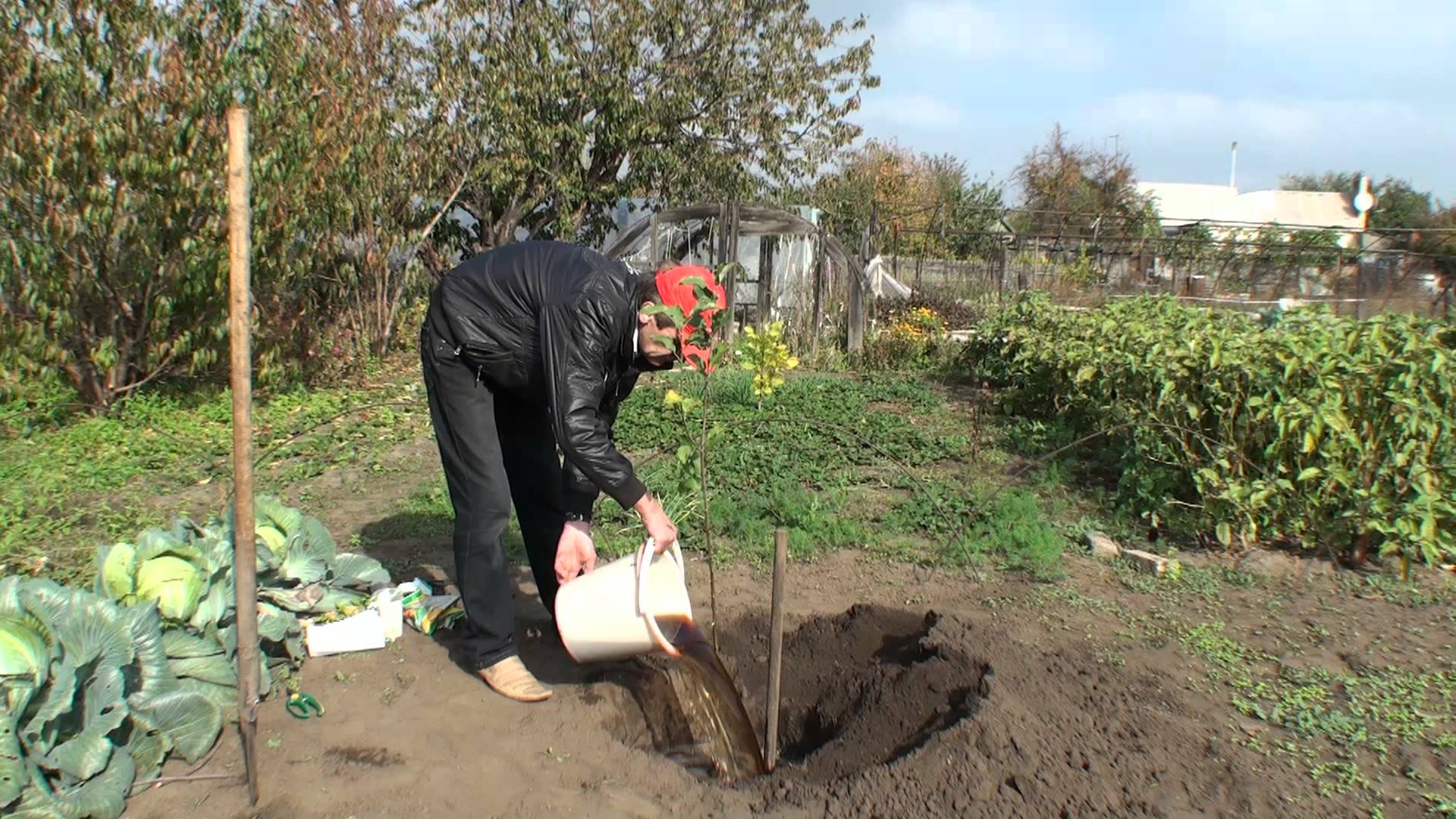
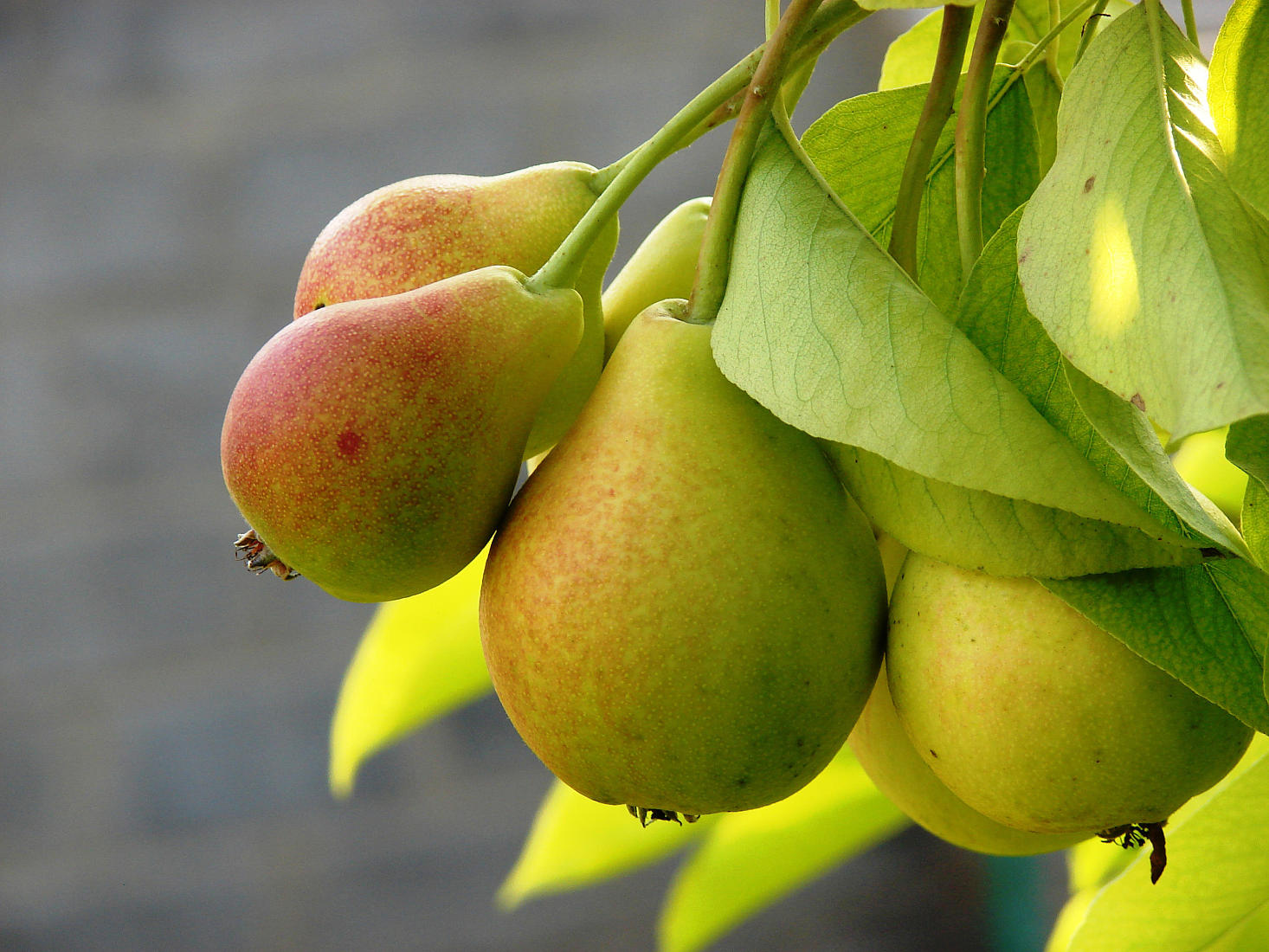 Pear "Noyabrskaya" winter: variety description
Pear "Noyabrskaya" winter: variety description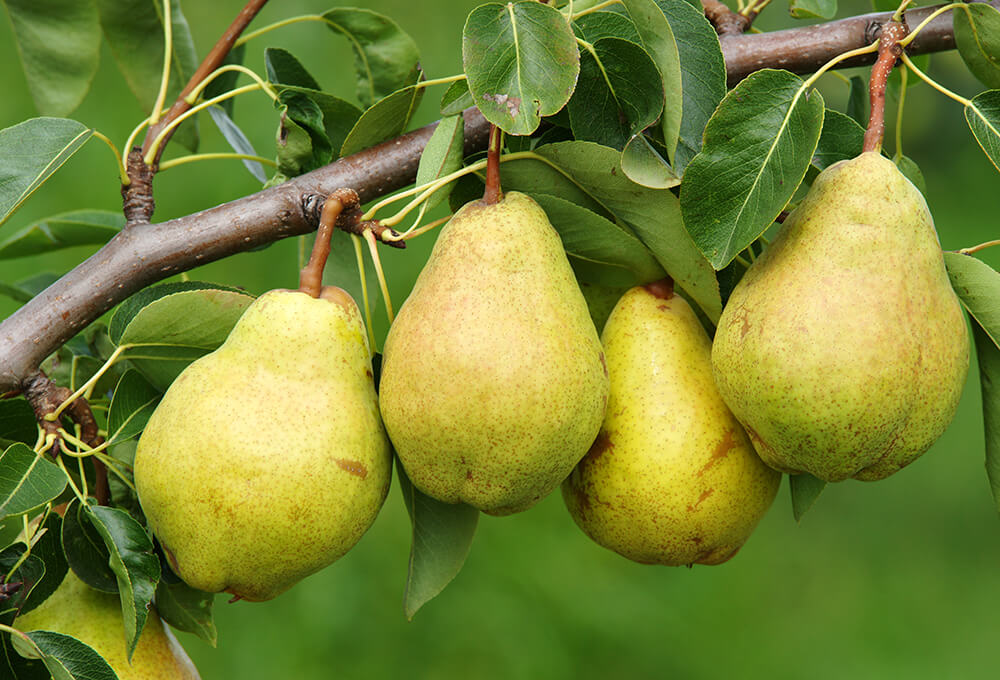 Now we know the reasons and what to do if the pear drops its fruit ovary
Now we know the reasons and what to do if the pear drops its fruit ovary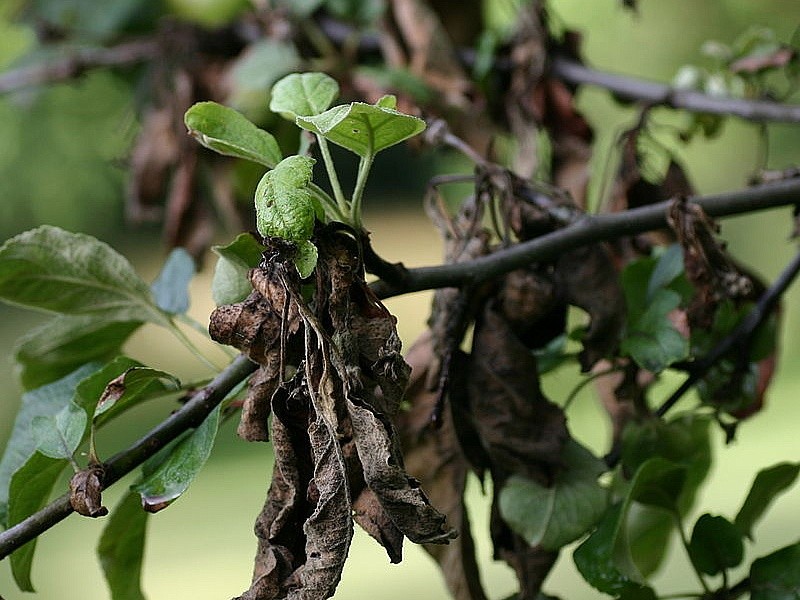 This drug from the pharmacy will help to cure the blackening and curling of foliage in a pear.
This drug from the pharmacy will help to cure the blackening and curling of foliage in a pear.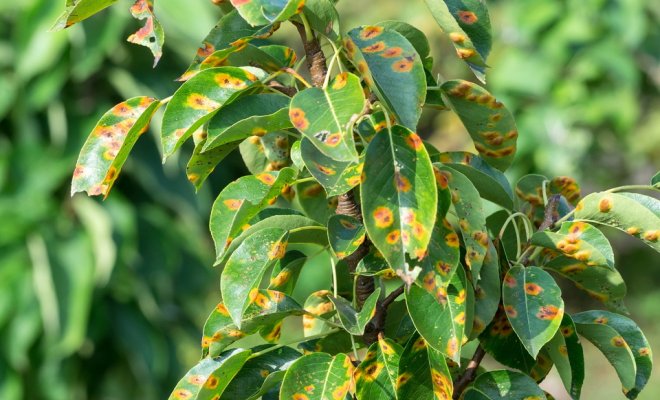 Are orange spots on pear leaves a disease? How to treat?
Are orange spots on pear leaves a disease? How to treat?
radik
Like a man, do not circumcise. Water more.